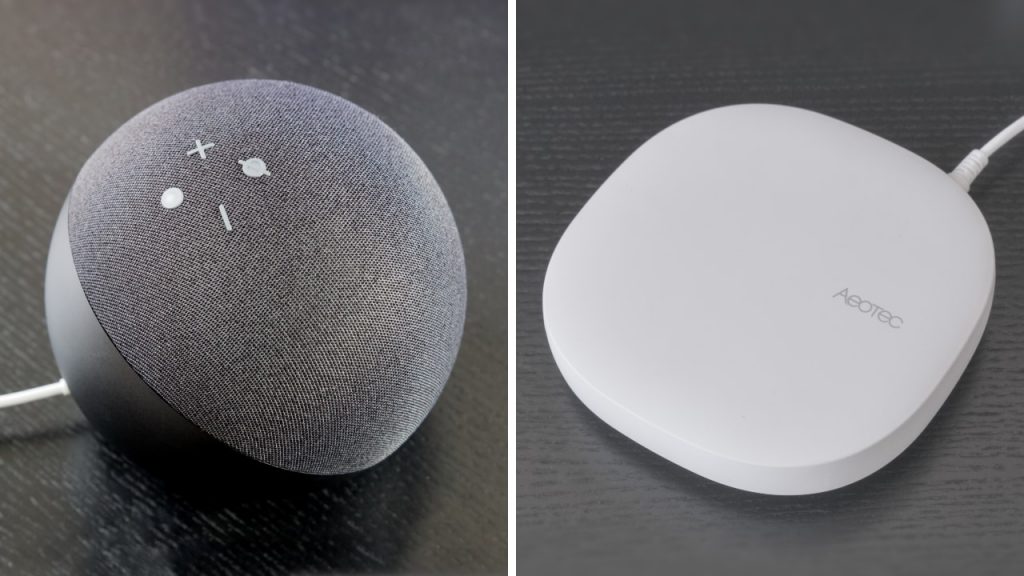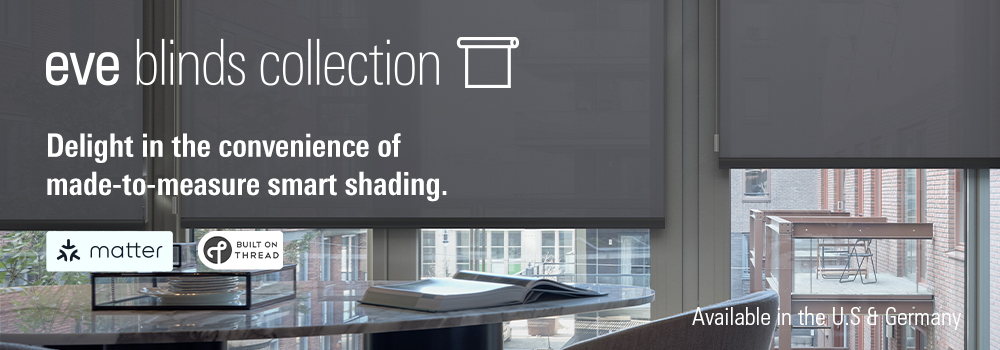At the beginning of September, Amazon and SmartThings released a software update to enable support for so-called Matter Bridges on their platforms. This is the prerequisite for products like Philips Hue to be used in Matter systems. And the fact that it was missing so far was probably one of the reasons why manufacturer Signify held back the update of its Hue Brige until now – instead of delivering it in the first quarter of 2023 as planned. An earlier integration under Matter would simply not have been possible on both platforms; only Apple and Google had developed their ecosystems that far. Remarkable for a standard that promises to facilitate and improve device collaboration.
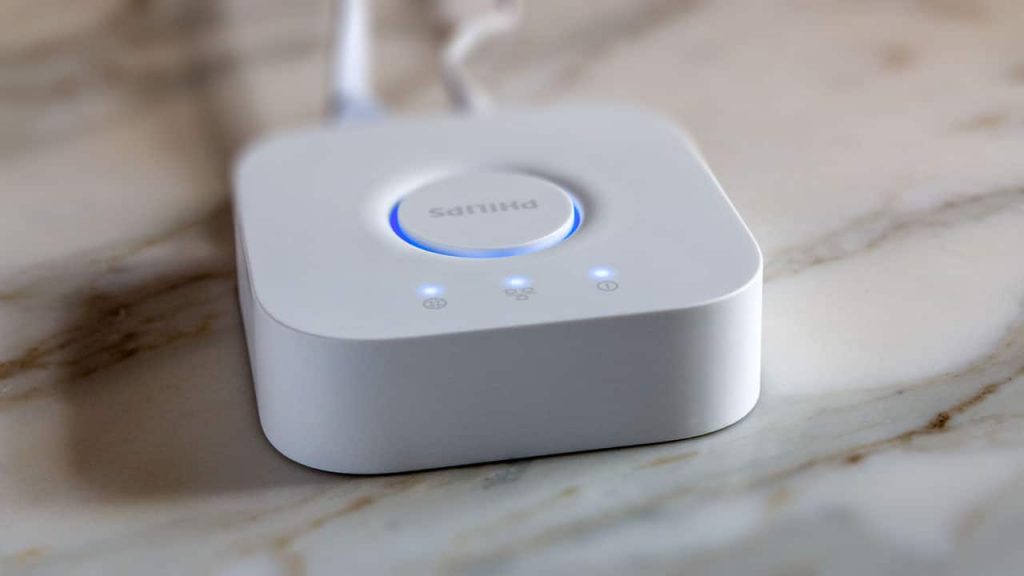
Too late and too little
However, it is only part of the dilemma that radio bridges for protocols such as Bluetooth, Zigbee and Z-Wave, which have been involved in the standard since version 1.0, are not supported by all four major ecosystems until almost a year later. Early adopters of Matter have become accustomed to such delays. The interesting thing is not so much that the feature comes late, but how it comes.
While news sites and tech-related influencers everywhere are still proclaiming the good news, the first users are confronted with practical challenges. They are discovering that support for Matter Bridges in principle says nothing about what really works on the respective platform.
This is partly due to the regulations of the standard, which does not require platform operators to implement it. They do not have to adopt every device specification that Matter provides. On the other hand, development is complex for all involved because things are still very much in flux. George Yianni, Head of Technology for Philips Hue, explained it this way to matter-smarthome: “Multiple parties have to work well together. It starts with a software build that we think is good to launch. Then we get something new from Apple. Amazon has something, Google has something, and we test our product against it. In the process, we find all kinds of issues and diagnose them. Sometimes the issue is in our implementation, sometimes in theirs.”
As a result, delays in the schedule quickly occur, as the past few months have shown. In the case of Philips Hue, this is a manageable system with comparatively few categories of devices, which so far only control the light. What the workload means for providers who cover larger areas of application with products from different brands remains to be seen.
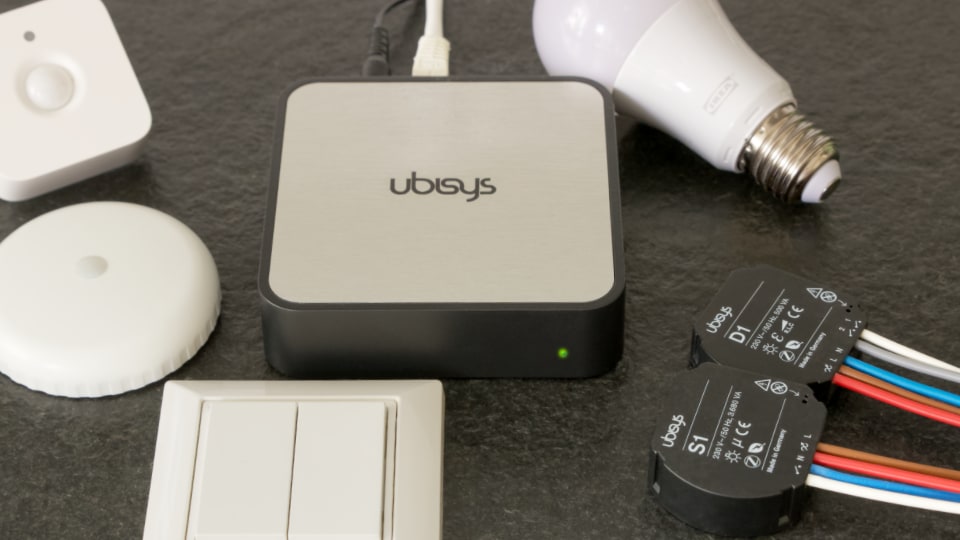
The G1 gateway from Ubisys is just such an example. The Zigbee gateway from the German building equipment manufacturer in Düsseldorf is used in customer projects all over the world and was the first ever certified Matter bridge last winter. However, its certification does not ensure that the bridge offers a comparable range of functions on all Matter platforms.
Currently, users who integrate the gateway get different results depending on the Matter Controller. The most comprehensive support is on Apple products. In Google Home, some devices – such as wireless switches – are missing or cannot be configured as triggers for processes in the app. In the test setup of matter-smarthome, this affects a Nyce-brand Zigbee ceiling sensor, for example.
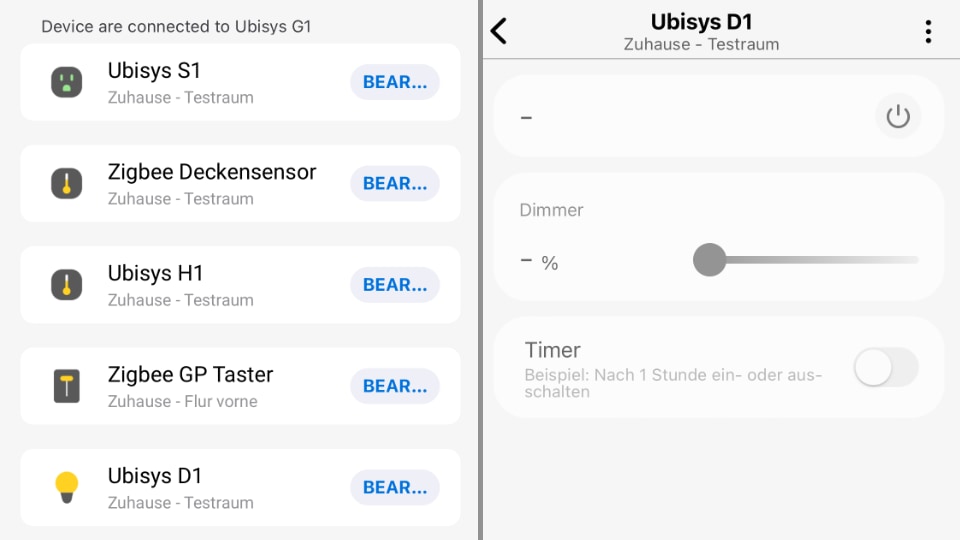
With SmartThings, all products appear in the app – from a Green Power pushbutton with EnOcean technology to the switch and dimming actuator from Ubisys (S1 /D1) and the H1 radiator thermostat. However, they currently have no function (see image above). Alexa only recognizes the H1 regulator and the Nyce sensor in the practical test, and both can be used as expected. But the other products of the Ubisys bridge are absent on Amazon controllers.
Bridges: the big surprise bag
The experiences are transferable to other Matter Bridges. For example, an Aqara Hub M2 can be added in the Amazon app, but its connected temperature/humidity sensor remains hidden from Alexa. SmartThings recognizes the combo sensor, but does not receive any measurements from it, only the battery indicator is visible (image below). In Apple and Google apps, on the other hand, both readings are available – for display on the screen and as a trigger in automations.
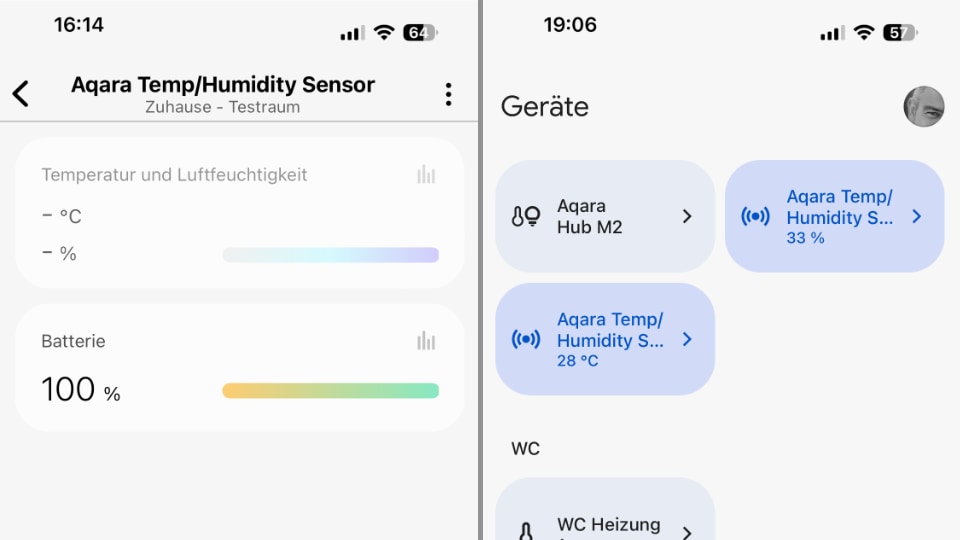
Upcoming software updates will certainly solve these discrepancies if the manufacturers continue to work closely together. Until then, however, Bridge integration remains a surprise bag – and the Matter logo seems as binding as an illustration in a cookbook or the photo on a can of ravioli. The finished dish can look appetizing as in the serving suggestion – but it doesn’t have to.
In this way, Matter misses perhaps its most important goal: Currently, a bridge with the Matter logo cannot be used equally in all ecosystems. Further identifications describing the scope of functions are needed – for example, in the form of compatibility lists or additional certification. Amazon, Apple, Google, and SmartThings offer corresponding programs with their “Works with …” logos. But shouldn’t Matter at least safeguard the basic scope across manufacturers?
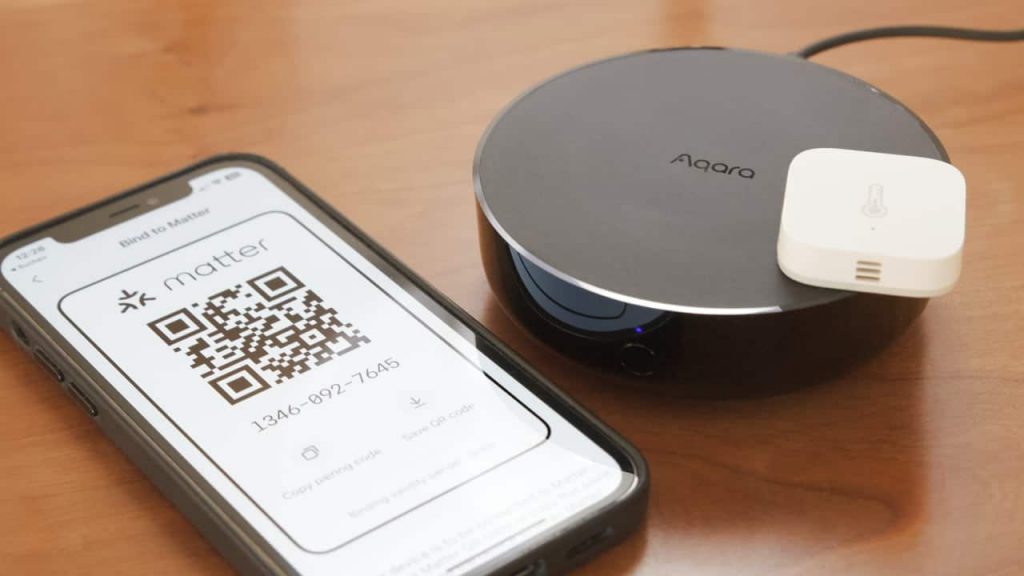
Dr. Arasch Honarbacht, Managing Director of Ubisys, sees some catching up to do here: “Matter will not have completely fulfilled its promise of worry-free compatibility until all »Works with…« programs for certified Matter devices have become obsolete”. From his perspective, this means specifically “that controllers need to be scrutinized more closely during certification than they have been in the past. They should at least demonstrate basic functionality for all devices officially supported by Matter,” Honarbacht told matter-smarthome.
Share this information:
